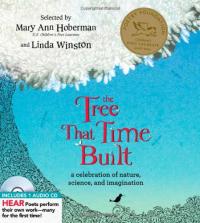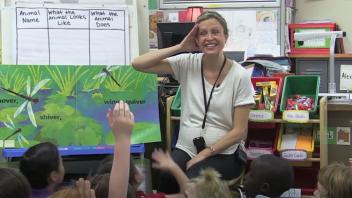Key Information
Focus
When To Use This Strategy
Appropriate Group Size
What is shared reading?
Shared reading is an interactive read aloud where the students join in or share the reading of a book while guided and supported by a teacher. The teacher explicitly models the skills of proficient readers, including reading with fluency and expression. The shared reading model often uses oversized books (referred to as big books) with enlarged print and illustrations.
Shared reading typically takes place in a whole-class or small-group setting. Shared reading is an interactive and collaborative experience. The teacher encourages active participation by asking questions, inviting predictions, and engaging students in discussions about the text. Texts can include a variety of genres, such as narrative stories, poems, informational texts, and more.
Why use shared reading?
- Provides emergent readers with necessary support.
- Shared reading of predictable text can build sight word knowledge and reading fluency.
- Provides an opportunity for explicit instruction in phonics.
- Provides opportunities for building vocabulary and comprehension.
- Supports the development of oral language skills. Students have the opportunity to hear and use rich vocabulary, engage in discussions, and ask questions about the text.
- Allows students to enjoy materials that they may not be able to read on their own.
- Ensures that all students feel successful by providing support to the entire group.
How to use shared reading
- Introduce the story by discussing the title, cover, and author/illustrator. Ask the students to make predictions regarding what they think the story might be about.
- Read the story aloud to the students using appropriate inflection and tone. Pause and ask the students to make predictions. Ask brief questions to determine students’ comprehension level.
- Point to words as you read to help students follow along. This helps your students connect spoken words with printed text and reinforces concepts about print.
- Conclude the reading by reserving time for reactions and comments. Ask questions about the story and relate the story to the students’ similar experiences. Ask the children to retell the story in their own words.
- Re-read the story and/or allow time for independent reading.
- Conduct follow-up activities such as making crafts related to the story.
Watch shared reading in first grade (whole class)
Watch this first grade teacher as she gets her class involved in reading the big book In the Small, Small Pond. (Read to Be Ready Tennessee)
Watch a teacher demonstration of shared reading
Students are exposed to new and interesting words during the shared reading of big books. (Balanced Literacy Diet: Putting Research into Practice in the Classroom)
Collect resources
- This site gives teachers some ideas for using shared reading with younger students and less skilled readers. See example ›
- Top Ten Books for Shared Reading Time
- Shared Reading Books
Differentiate instruction
For second language learners, students of varying reading skill, and for younger learners
- Teachers may wish to have Spanish copies of the shared reading books.
- Books can be kept in an area accessible to students for independent and familiar rereading by students.
- Ask students to write their own similar story using the same theme or sentence/language pattern of the book that has been shared.
- Teachers can use sentence strips and have students can retell or build the story by putting the strips in order.
- Have students write their predictions based upon what would happen next if the story were to continue.
Related resources
Extend the learning
Science
This site offers several examples of how activities related to learning about science topics can be centered around the shared reading strategy. Downloads of several different poems are provided. See example ›
Social Studies
This site provides five examples of shared reading lessons based upon the book Map It! by Elspeth Leacock. See example ›
See the research that supports this strategy
Fountas, I. C., & Pinnell, G. S. (1996). Guided Reading, Good First Teaching for All Children. Portsmouth, NH: Heinemann
Children’s books to use with this strategy
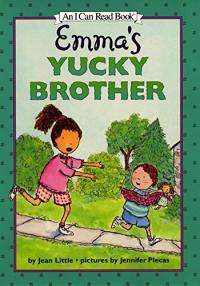
Emma’s Yucky Brother
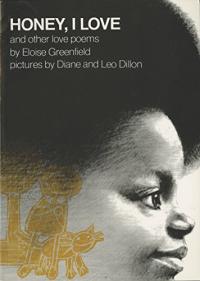
Honey I Love and Other Poems
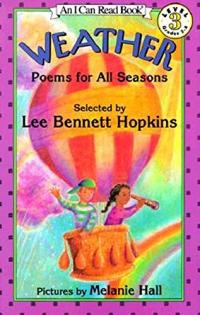
Weather: Poems for All Seasons
